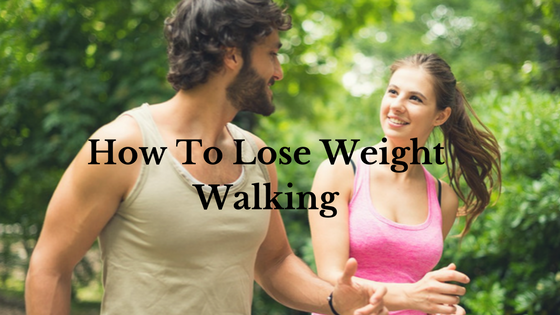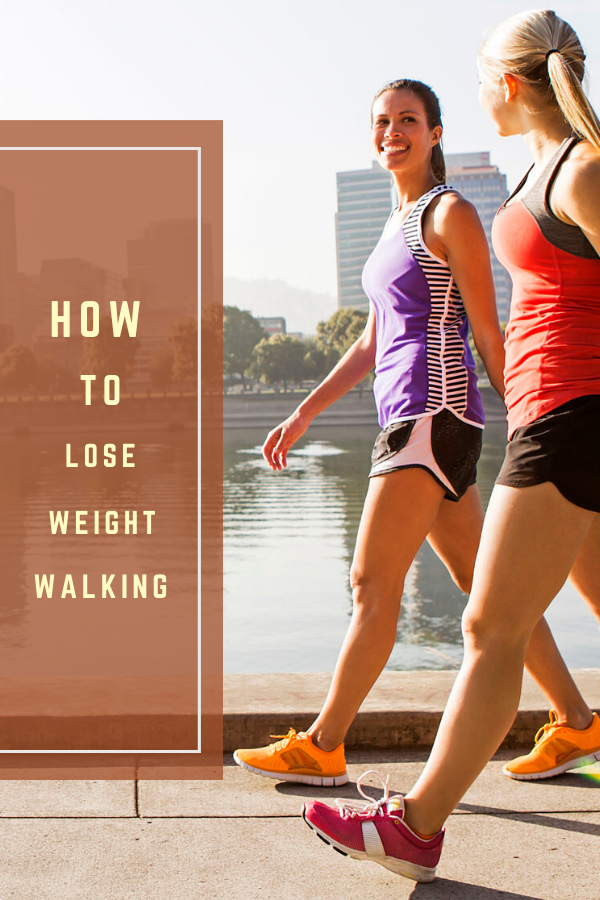
It may come as a surprise to some but walking is actually a terrific form of exercise. Fairly low impact and gentle enough for almost everyone, walking is a simple exercise that often gets overlooked due to its lack of intensity.
Though walking is a great way to burn calories and be active, to really turn it into a workout you need to do more than just go for a leisurely stroll. Below we have four simple tips to turn your daily walk into a fat blasting workout!
How to Lose Weight Walking
Aim for Steps
No matter how many steps you currently take during the day, try increasing it so that you hit 15,000 steps a day. Though it might seem like you need to ease into that much work, walking isn’t strenuous enough to cause an injury or stress your body, which means that you need to just get up and go!
There are all kinds of fitness trackers available to help you reach 15,000 steps, some of which also count calories burned as well, and once you get started you will find that it isn’t as intimidating of a number as it may seem.
Easy ways to hit your step goal:
- Park the farthest away from your destination as you can. This will require you to walk further, so whether it be the grocery store or the office, don’t park right by the door!
- Take the stairs. Don’t bother at all with escalators or elevators. Taking the stairs not only increases your step count but it also engages your glutes, hamstrings and quad muscles. Even this small burst of effort can help to spike your heart rate, thus earning more calories burned.
Pick Up The Pace
Picking up the pace even for one minute intervals can help to increase your heart rate and blast away calories. This quicker pace means that you should still be able to carry on a conversation, however you should need to catch your breath every few sentences.
After a few walks with these short intervals you can progress to either making the intervals longer or simply walking even faster. Be sure to swing your arms as you walk to incorporate even more movement and calories burned.
Walk Up Hills
Including hills to your walk (or adding incline of the treadmill) can increase your calorie burn by as much as 20 percent. Beyond the calorie burn hills also engage the muscles more, specifically the glutes and hamstrings, which causes muscular development in your lower body.
Lean muscle tissue in the body elevates your resting metabolic rate, meaning that you’ll be burning calories even as you sit at your desk at work.
Split your Walks Up
The best workout is the one that actually gets done. If squeezing in a daily walk is too hard given your current schedule, just work around it!
Walks don’t need to be done for a set amount of time each session. Simply break your walk up into several short sessions instead of one long session. This can be done during breaks at work, while dinner is in the oven or while you are watching your child’s soccer practice.
One study done by the George Washington University showed that those who walked for 15 minutes after each meal had better control of their blood sugar (and thus their cravings) than those who walked for 45 minutes at a time.
Split your walks up if you need too – just get it done!
Add Body Weight Exercises When You Can
Though walking is great on its own, that doesn’t mean that you shouldn’t look to incoSplit your Walks Uprporate some strength training exercises when you can.
Strength training builds lean muscle and increases your heart rate, plus it helps to keep your daily walks from getting too boring and repetitive.
Incorporate exercises such as squats, lunges, push-ups and step-ups into your walks to help increase your lean muscle as well as give your walk a change of pace!
Why Walk?
Walking is a great workout for those who can’t handle high impact workouts such as running. Nearly everyone in the world can walk, which is what makes it so adaptable as a workout. All you need is a good pair of shoes and some space!
Although walking at a faster pace (power walking) means that you are physically moving faster and working harder, it doesn’t mean that you are hurting your joints anymore than you would at a normal walking pace.
Walking, even at a quick, power walk pace, is a low impact exercise. Unlike running which involves a “float” stage that has both feet in the air and leads to impact when you hit the pavement again, walking keeps at least one foot on the ground at all times. This means that you can pick up the pace without fear of impacting your joints.
Conclusion
Weight loss doesn’t always come easy, however a healthy diet paired with a consistent exercise program makes it a possibility.
Walking, whether as your primary form of exercise or in conjuction with a fitness program, is a terrific low impact workout that can help you to burn calories, build lean muscle and lose unwanted pounds.
Enjoyed How To Lose Weight Walking? Share it with your friends so they too can follow the Superfoodsliving journey.
Share on Pinterest
